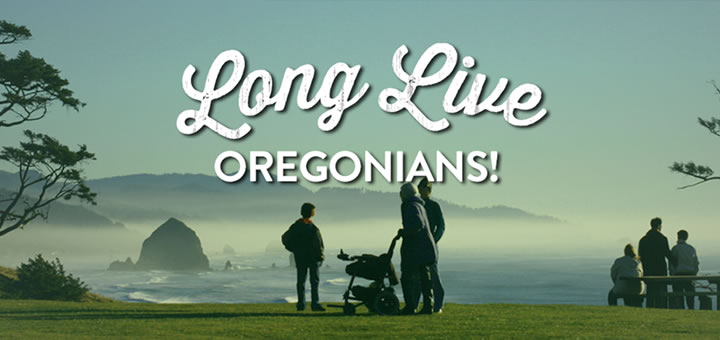Source: Jordana Gustafson, Oregon Public Broadcasting
According to a research group providing data to Oregon’s new health insurance exchange program, dubbed Cover Oregon, there are more than 30,000 low-income, legal immigrants in Oregon who need insurance. These are uninsured adults — not children or the elderly — who are now compelled, by law, to get health coverage.
But reaching out to refugee and immigrant communities is a challenge.
[hr]
[hr]
In Northeast Portland earlier this month, about 10 people met in the conference room at IRCO headquarters — that’s the Immigrant and Refugee Community Organization.
Sokho Eath, who does outreach for IRCO said it’s a slow process. For example, in order to have an an information session with refugees from Myanmar, also known as Burma, he had to have two interpreters on hand to translate his presentation into the Kachin language and then translate questions back into English.
“It’s a lot of work to bring in folks and organize, and a lot of them need transportation, so. You know, some of the organizers drive ’em in,” Eath said.
IRCO has a $150,000 grant from Cover Oregon to reach out to immigrants and refugees. It’s enrollment goal for the year? Two hundred.
This may seem like a lot of money for that number — another program aimed at artists plans to sign up 8,000, using grants totaling about $300,000.
“Yeah, I mean, we’re not funding based on enrollment,” says Samantha Shepherd, outreach and enrollment strategist for Cover Oregon.
She says grant money for hard to reach populations is focused on strengthening outreach programs that will exist for years to come. And some communities are more difficult to reach than others.
“If you’re meeting with a Burmese family, they’re new here, need to build that relationship, you’re often not going to have them come to that first appointment, build trust, and get them all the way through the application process,” Shepard said. “So for a lot of our partners that are working with harder-to-reach populations, their work is harder.”
Rosa Rivera is an outreach worker at several clinics run by Virginia Garcia Medical Center. At Tigard High School, she’s focused a on different segment of the immigrant population: mixed-status families.
Maria Moreno and her husband are undocumented residents. But their eight-year-old daughter is a U.S. citizen, and she doesn’t yet have health insurance. Rivera explains that the new health care law means they must get coverage for their daughter.
“I don’t even know what to think,” Maria Moreno says, upon hearing the news. “It’s going to be hard for us — because we have to pay the rent and everything, and then we send money to our kids in Mexico for school. It’s difficult.”
Rivera tries to calm Moreno, “De acuerdo a los ingresos, todo se ve que la nina se lo van a dar…”
“It looks like your daughter will qualify for free coverage,” she says. “So don’t worry! Go home relaxed — I don’t want you to leave here stressed.”
“Asi que no se preocupe! Vayase descansadita a su casa. No quiero quese vaya con la tension!”
And though Moreno is worried that enrolling her daughter could alert authorities to her immigration status, Sam Shepherd, of Cover Oregon, says applicants are not required to give information about their immigration status when applying for children who are U.S. citizens.
- A Very New Pickathon in 2022 - August 13, 2022
- Pickathon returns to Pendarvis Farm! It’s not just the artists that’ll be new. - August 3, 2022
- July is BIPOC Mental Health Awareness Month (Black, Indigenous, Persons of Color) - July 14, 2022









Leave A Comment